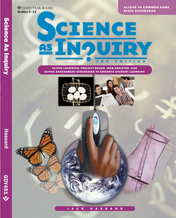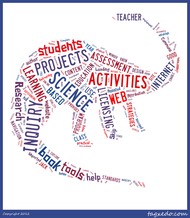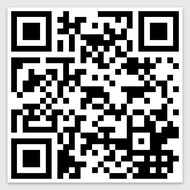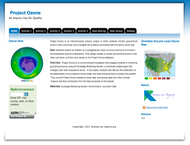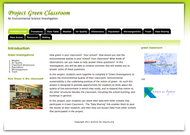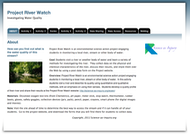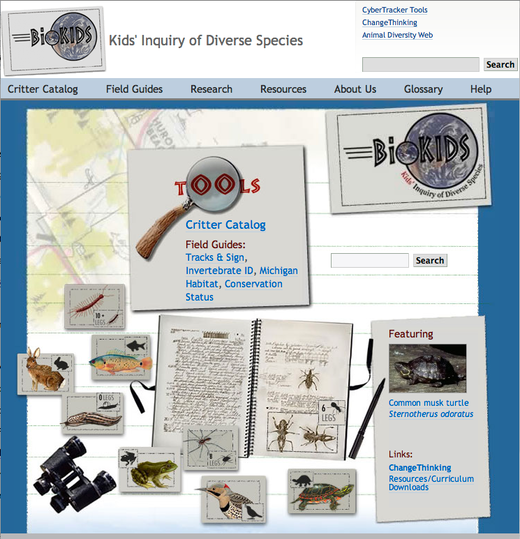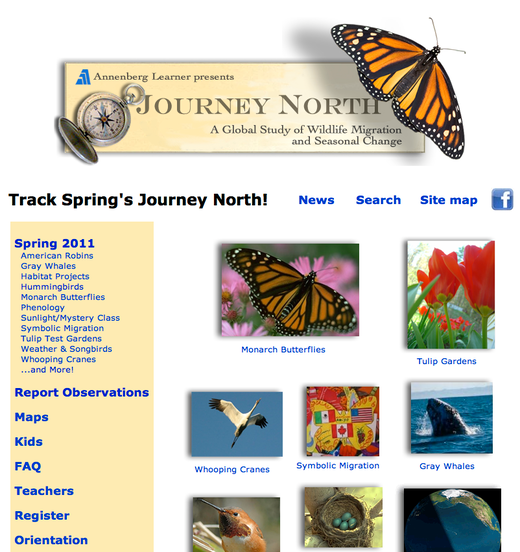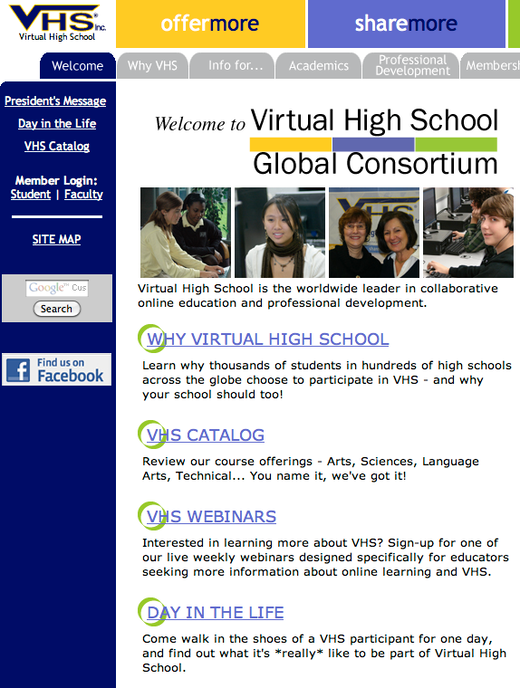2 Amazing Ways to Use the Internet to Engage Students in Science Inquiry
Information exchanges and virtual learning engage students in activities in which information is gathered, shared, and analyzed, often within a social context. Two approaches are presented here: Network Science, and the Virtual Web: field trips & schools.
Network Science: Pooled Data Analysis
Pooled
data analysis activities on the Internet have a long history in science
teaching.It was one of the first uses
of the Internet that was embraced by science teachers.In this approach, students focus on problems
that are relevant to them and their community by asking questions and seeking
to answer those questions by collecting real data themselves. Often students generate a research project,
and to answer their research questions, they set up monitoring activities to
collect data on an important phenomenon that is driving their inquiry. Through the process of inquiry and being
connected to the Internet, students participate in a pooled data analysis
project, often at a global level.They
collect data locally, and pool their results with other participating
schools.Some teachers and researchers
refer to this kind of activity as “network science,” implying that a community
of practice in which students research, share and analyze data, is established
over the network of the Internet.
Featured here are four Network Science Project including BioKids, Project Ozone, Project Green Classroom and Project River Watch. Ozone, Green, and River watch are featured in the book, Science as Inquiry, and have online equivalents here which you can use with your students. Click on the images of any of these projects to reach the project website.
Virtual Field Trips
Virtual field trips enable teachers to involve their students in experiences normally not available by visiting museums (virtually), or participating in field trips sponsored by a project or a notable scientist.
Researchers suggest that most virtual field trips are networked communities in which students in your class can use e-mail, video-conferencing, or a website to communicate with another community or with experts. Journey North, a global study of wildlife migration and seasonal change.Students not only are able to participate in making observations, but also in the case of migrations, participate in a virtual field to view sightings that others have made of migrating animals, and shared with Journey North.
Virtual Classroom
The
virtual classroom can be used to teach courses entirely online, or in hybrid
form.Over the past several years, a
number of local school districts, consortiums, and states have created their
own virtual schools. Virtual courses allow for interactive learning for any
student at anytime.
